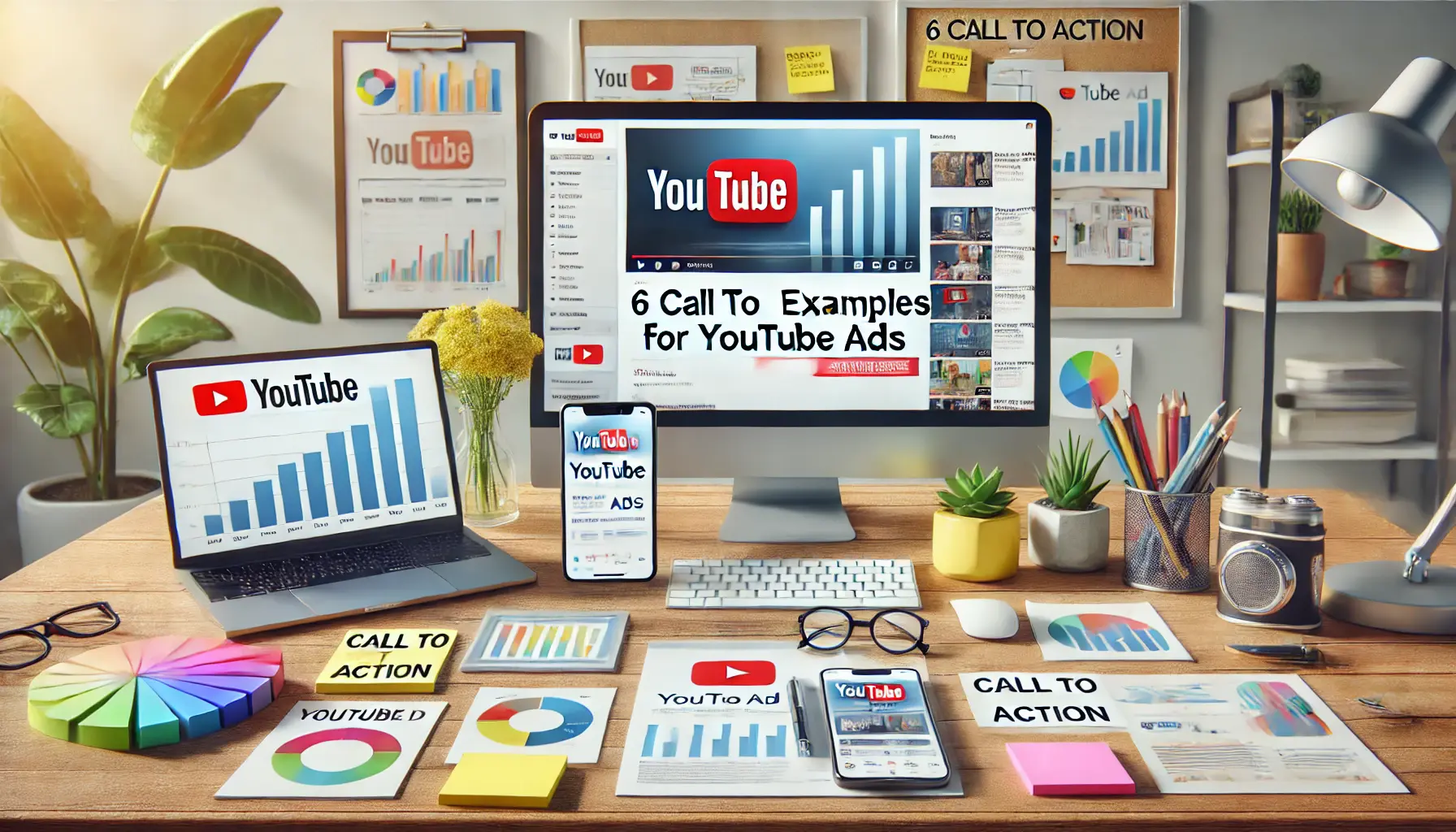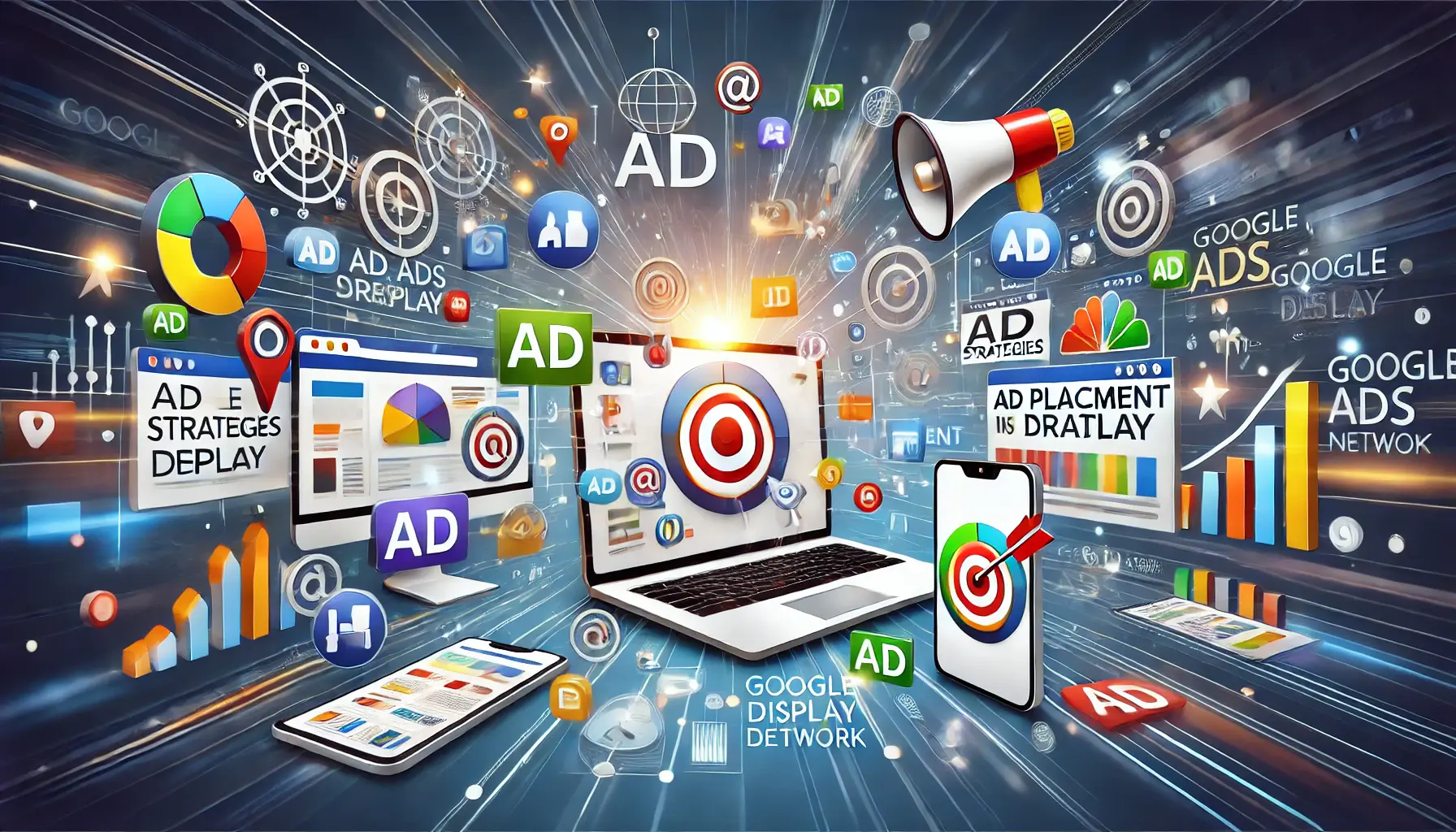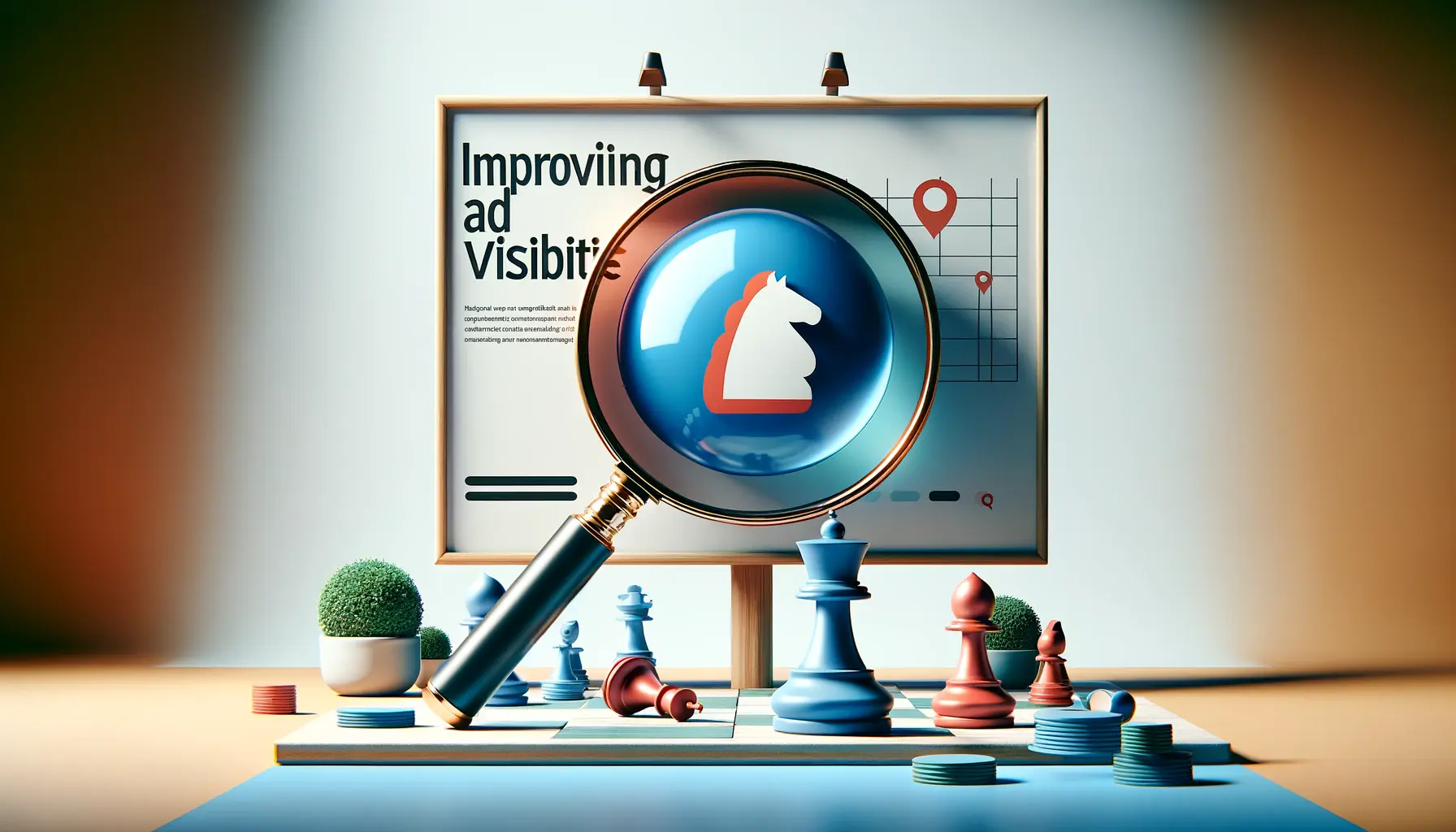In building a formidable presence on YouTubeA video-sharing platform owned by Google, widely used for video hosting, streaming, and advertising., some of the most critical factors are effective ad placement.
With billions of videos and an ever-growing audience, YouTube has become one of the most competitive platforms on which to advertise.
This is not just a case of running an advertisement; strategic ad placement can make all the difference between a campaign that thrives and one that fades into obscurity.
In this article, we’ll explore six powerful strategies to optimize your ad placements and maximize your visibility on YouTube.
- Understanding the Importance of Ad Placement on YouTube
- Types of YouTube Ad Placements and Their Benefits
- Targeting Your Audience for Optimal Ad Placement
- Best Practices for Designing High-Performing YouTube Ads
- Budgeting and Bidding Strategies for YouTube Ad Placement
- Key Takeaways for Effective YouTube Ad Placement
- Frequently Asked Questions About YouTube Ad Placement
Understanding the Importance of Ad Placement on YouTube
YouTube has become one of the most influential platforms for advertisers, but achieving success requires more than just creating compelling ads.
Ad placement directly influences visibility, engagement, and ultimately the return on your investment.
Why is ad placement so vital?
Let’s delve into its importance and how it shapes your advertising outcomes.
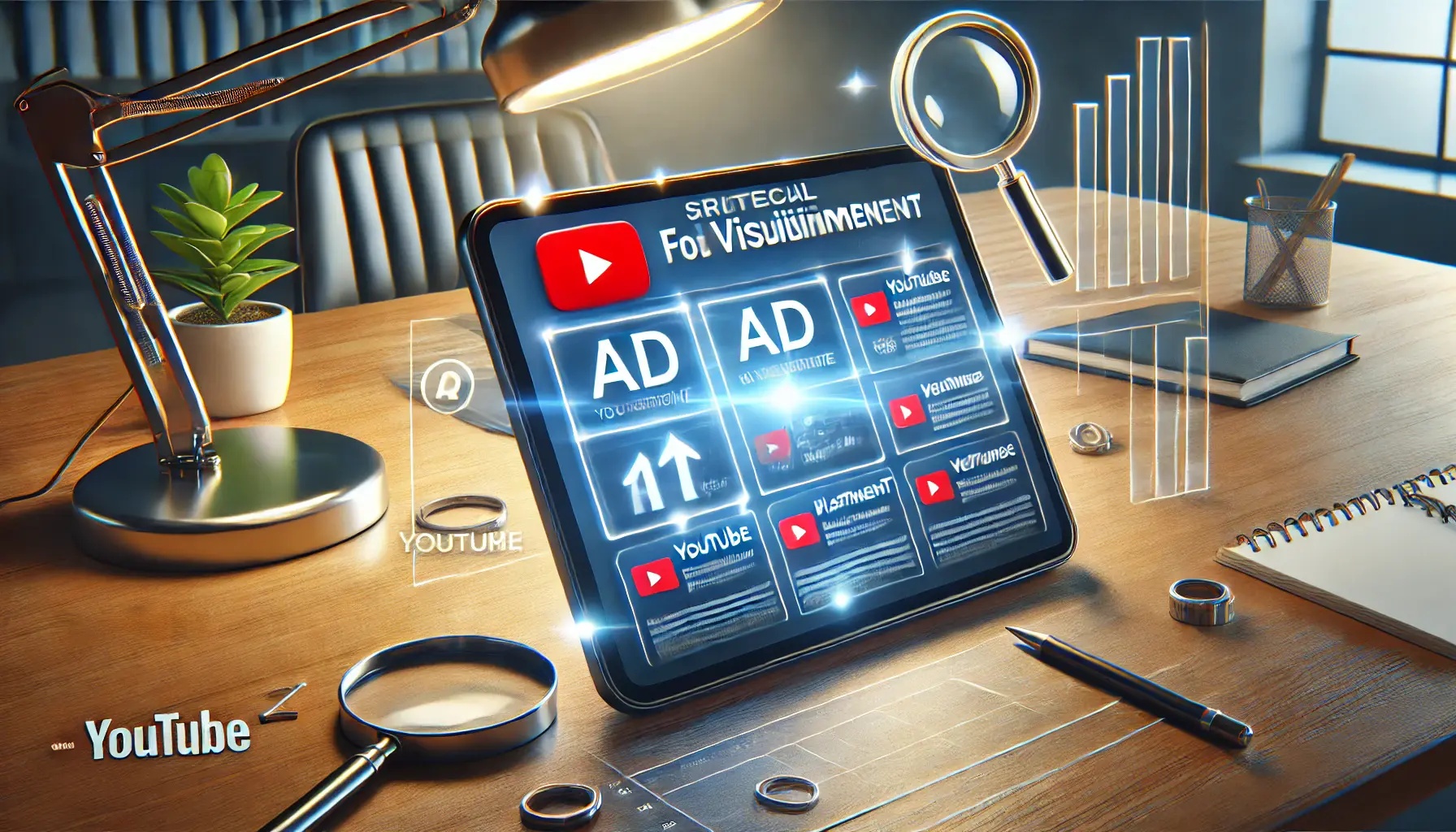
An engaging depiction of the strategic importance of ad placement for visibility on YouTube.
Why Ad Placement Matters for Visibility
Ad placement guarantees your content is in front of the correct viewer at the right time.
A perfectly placed ad can increase click-through rate by a large margin and guarantee high viewability, hence turning what was seen into an action.
Poorly placed ads do not engage the viewer or may get skipped entirely.
- Strategic placement increases the exposure to your target audience.
- It enhances the likelihood of conversions by appearing in high-traffic or niche-relevant videos.
- Proper placements build credibility by aligning with content viewers trust.

A visual representation of how strategic ad placement impacts ROI through analytics and financial growth.
Impact of Strategic Placement on ROI
Your ROIReturn on Investment; a performance measure used to evaluate the efficiency or profitability of an investment. is directly proportional to how well your ads are placed.
When your ads appear at the right time during engaging content, it increases the chances of viewers connecting with your brand and taking action.
On the other hand, irrelevant placements result in wasted ad spend.
- Strategically placed ads often have lower CPCs.
- They help increase audience retention and reduce bounce rates.
- Effective placements maximize the impact of your ad budget.
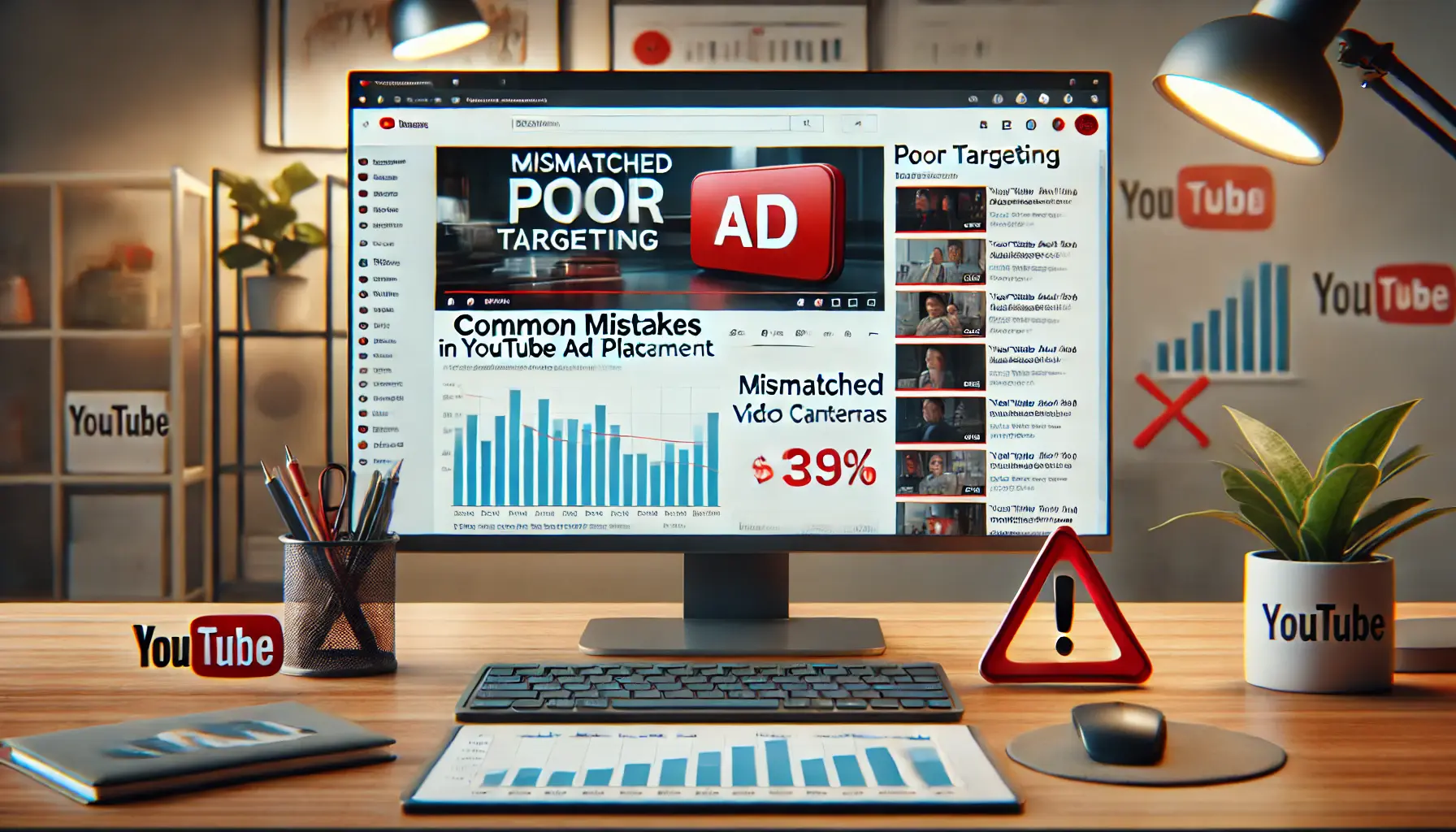
An illustration of common errors in YouTube ad placement, highlighting poor targeting and declining metrics.
Common Mistakes in YouTube Ad Placement
Even experienced advertisers can make mistakes in ad placement.
From ignoring audience behavior to failing to monitor performance, these missteps can hinder your campaign’s success.
- Placing ads in overly generic content with low viewer engagement.
- Neglecting to use targeting features such as demographics or interests.
- Failing to adapt placement strategies based on analytics.

A visual representation of key metrics essential for monitoring effective ad placement.
Key Metrics to Monitor for Effective Ad Placement
To ensure your ad placements are effective, it’s crucial to monitor key performance metrics regularly.
These insights help you adjust and refine your strategy for better results.
- Viewability: Track how often your ads are actually seen.
- Engagement Rate: Measure how viewers interact with your ad.
- Click-Through Rate: Assess the percentage of viewers clicking on your ad.
- Conversion Rate: Assess how many clicks lead to tangible results.
By understanding and optimizing ad placement, you set the stage for a successful YouTube advertising campaign that achieves both visibility and measurable outcomes.
In the next section, we’ll dive into the various types of YouTube ad placements and their unique benefits.
Strategic ad placement enhances visibility, engagement, and ROI by aligning your ads with the right content and audience.
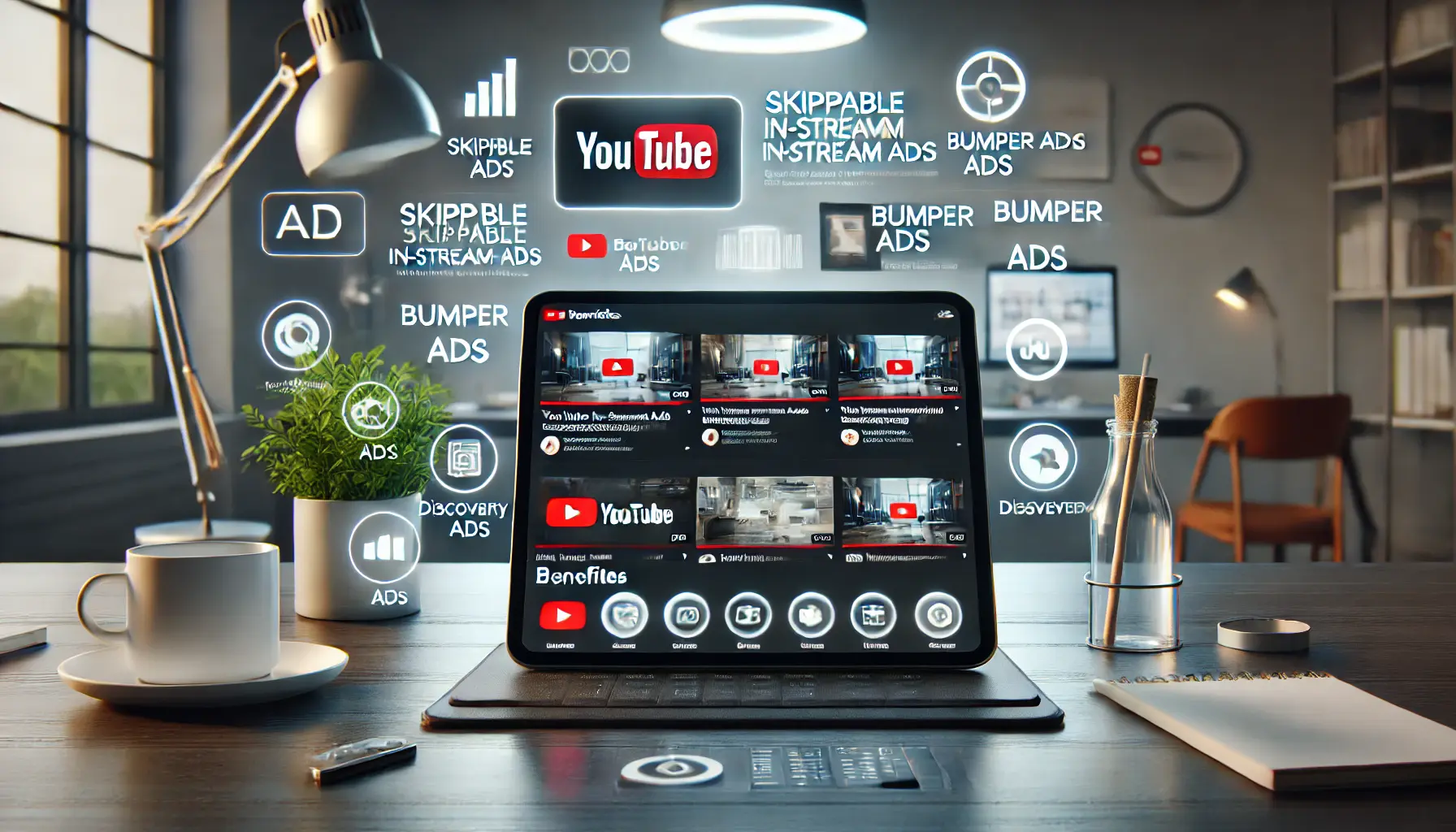
An engaging depiction of the different types of YouTube ad placements and their strategic benefits.
Types of YouTube Ad Placements and Their Benefits
YouTube offers a variety of ad placement options, each designed to target different audience behaviors and campaign goals.
Understanding the types of ad placements available is essential for creating a well-rounded advertising strategy.
Let’s explore the major types of YouTube ad placements and the unique advantages they offer.
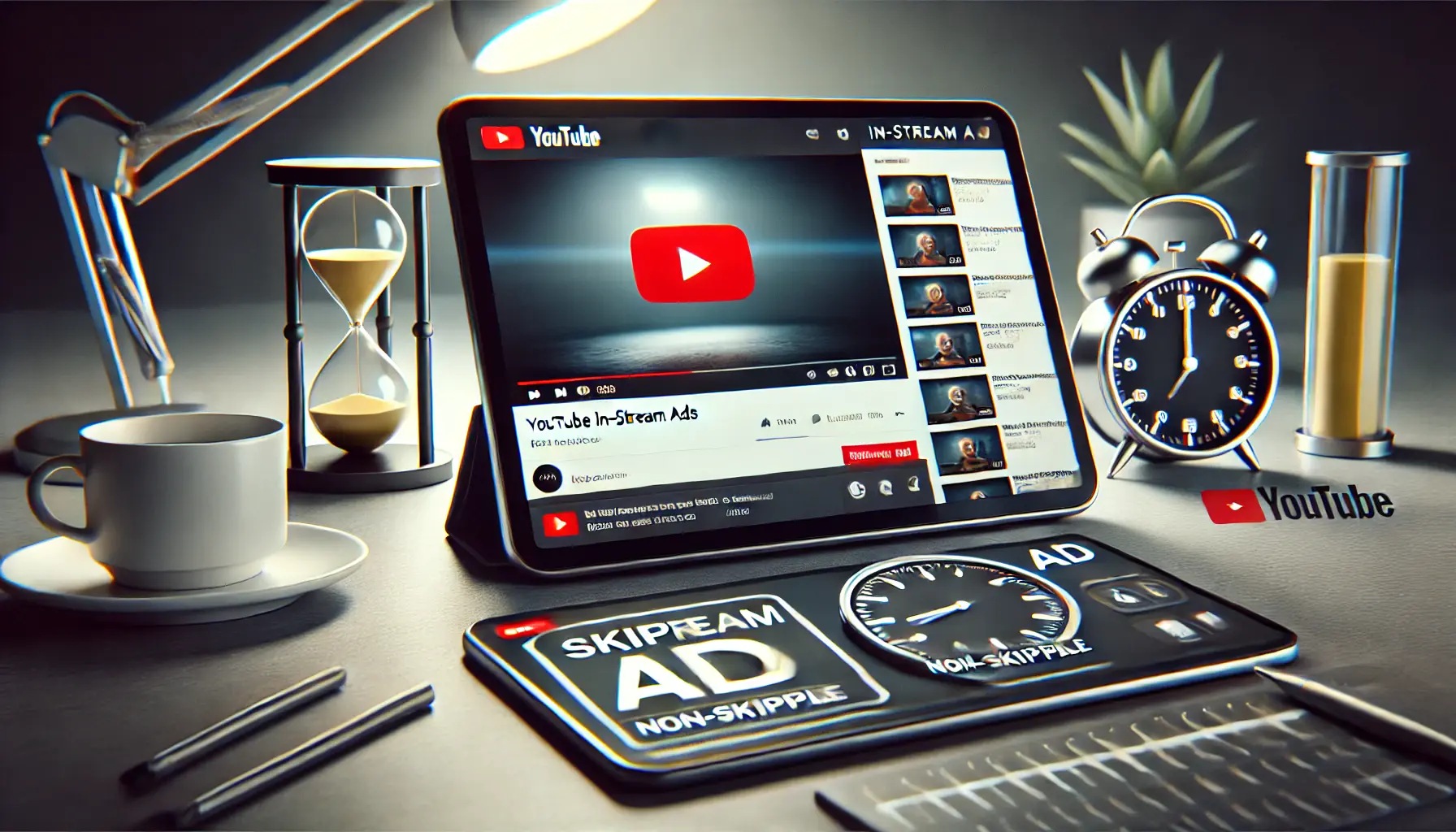
A clear visualization of skippable and non-skippable in-stream ads on YouTube.
In-Stream Ads: Skippable vs. Non-Skippable
In-stream ads are among the most popular YouTube ad formats.
These ads play before, during, or after a video and can be skippable or non-skippable.
- Skippable Ads: Viewers have the option to skip these ads after 5 seconds. They are cost-effective because advertisers only pay when viewers watch the ad for at least 30 seconds or interact with it.
- Non-Skippable Ads: These ads run for 15-20 seconds and cannot be skipped. They are ideal for delivering concise, impactful messages to ensure maximum exposure.
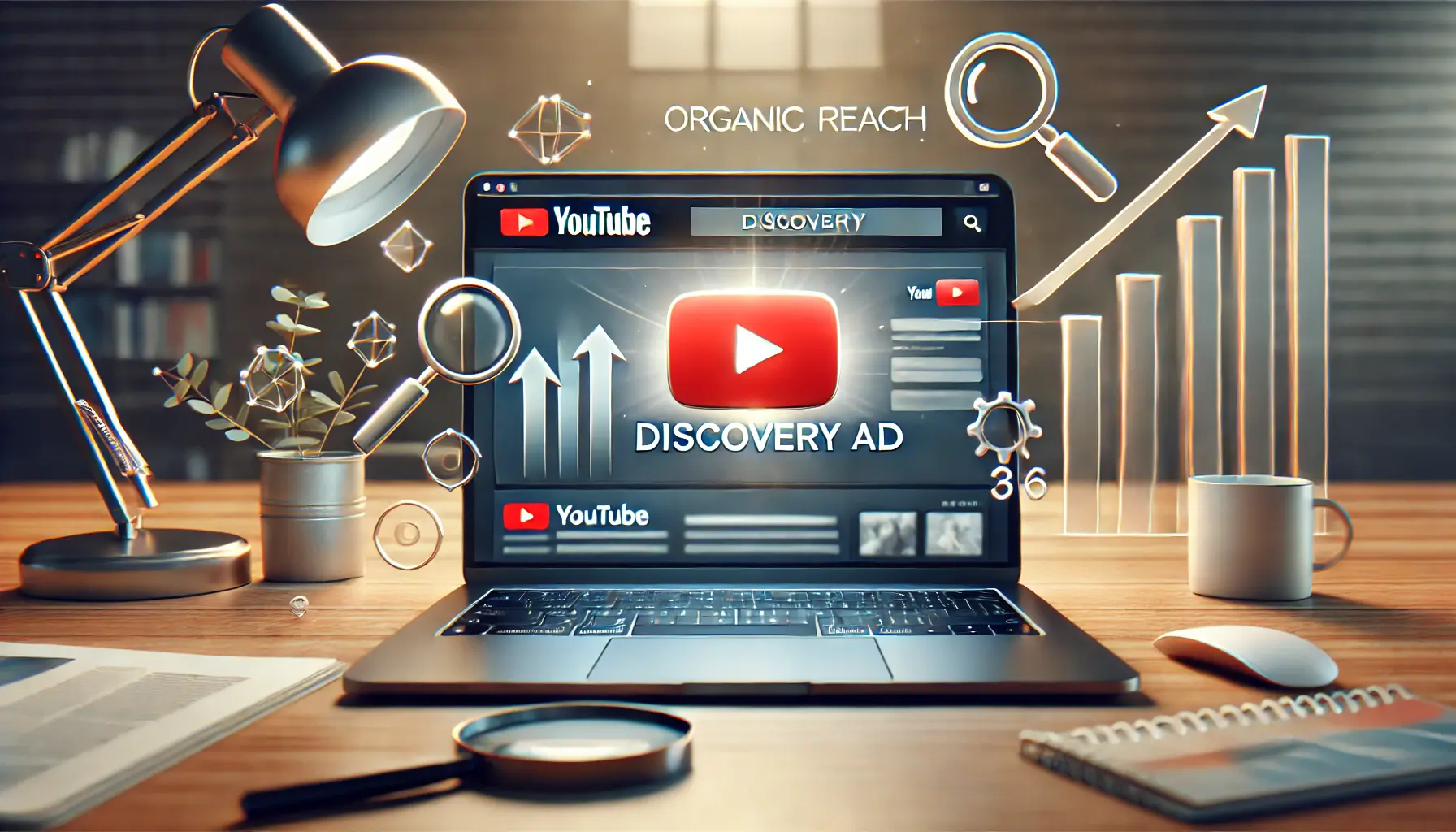
An illustration of YouTube Discovery Ads and their contribution to organic reach and audience engagement.
Discovery Ads and Their Role in Organic Reach
Discovery ads, also known as TrueViewA YouTube ad format that allows advertisers to only pay when viewers choose to watch the ad or interact with it. discovery ads, appear on YouTube’s search results, watch pages, and homepage.
They are designed to blend seamlessly with the platform’s organic content, encouraging users to click and explore further.
- They target users actively searching for content, ensuring high intent and relevance.
- Perfect for promoting tutorials, product demonstrations, or educational videos.
- These ads help increase your channel’s subscriber count and video views organically.

A depiction of YouTube Bumper Ads, highlighting their short duration and impactful messaging.
Bumper Ads: Best for Short and Impactful Messages
Bumper ads are 6-second, non-skippable video ads that play before a video begins.
These ads are perfect for delivering a quick, memorable message that reinforces your brand’s visibility.
- Ideal for building brand awareness in a short span of time.
- Highly effective when used as part of a broader advertising campaign.
- Viewers cannot skip these ads, ensuring maximum exposure.
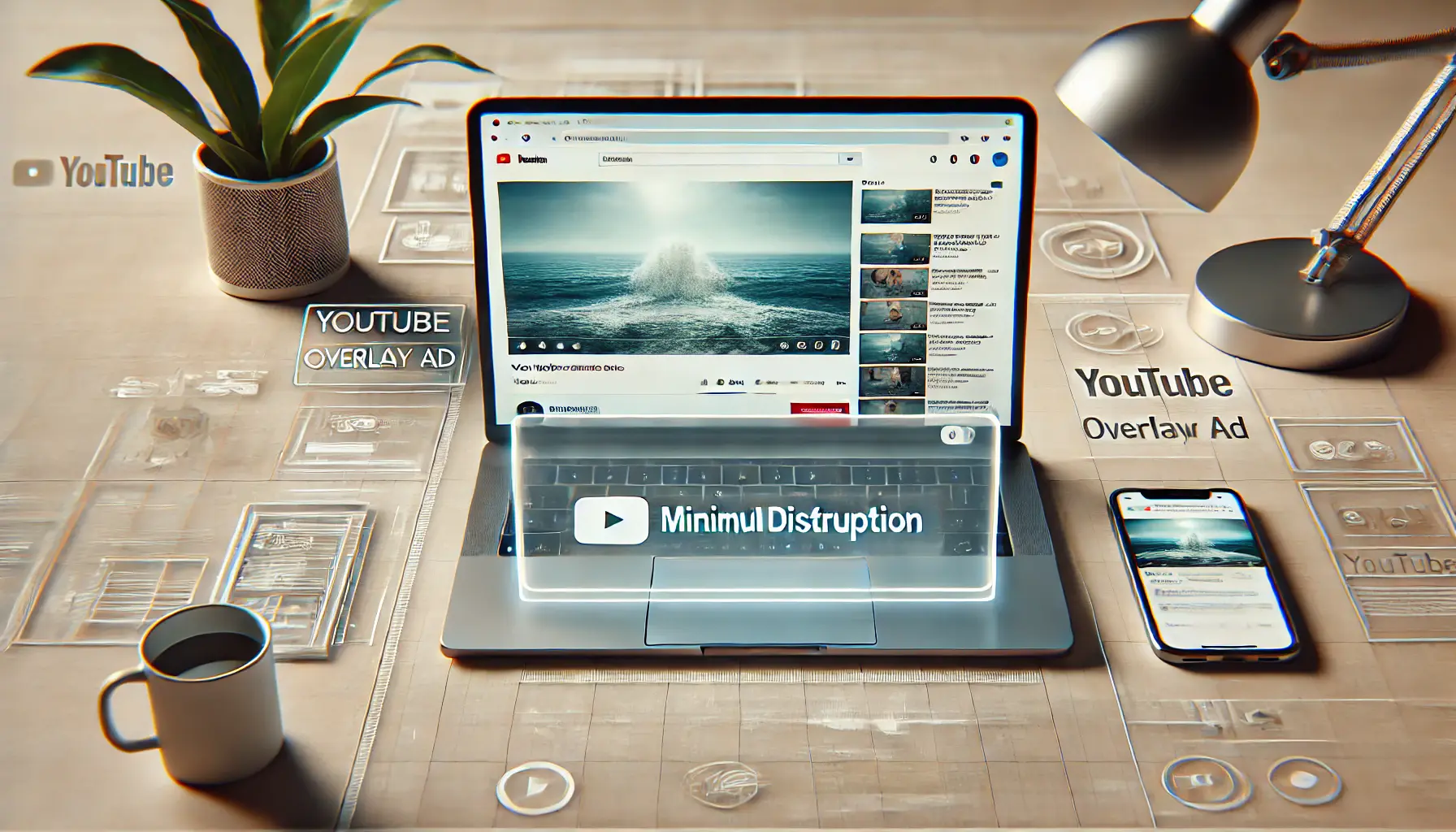
undefined
Overlay Ads: Leveraging Non-Intrusive Formats
Overlay ads are semi-transparent banners that appear on the lower portion of a video.
These ads are non-intrusive and allow viewers to continue watching the video while being exposed to your ad.
- Best suited for promoting special offers or driving traffic to a website.
- Cost-effective compared to other ad formats.
- Great for campaigns that focus on direct response goals.
Choosing the right ad placement on YouTube requires aligning your campaign goals with the strengths of each format.
In the next section, we’ll discuss how to target your audience effectively to ensure your ad placements deliver optimal results.
Each ad format, such as skippable ads and bumper ads, serves distinct campaign goals, from awareness to conversions.
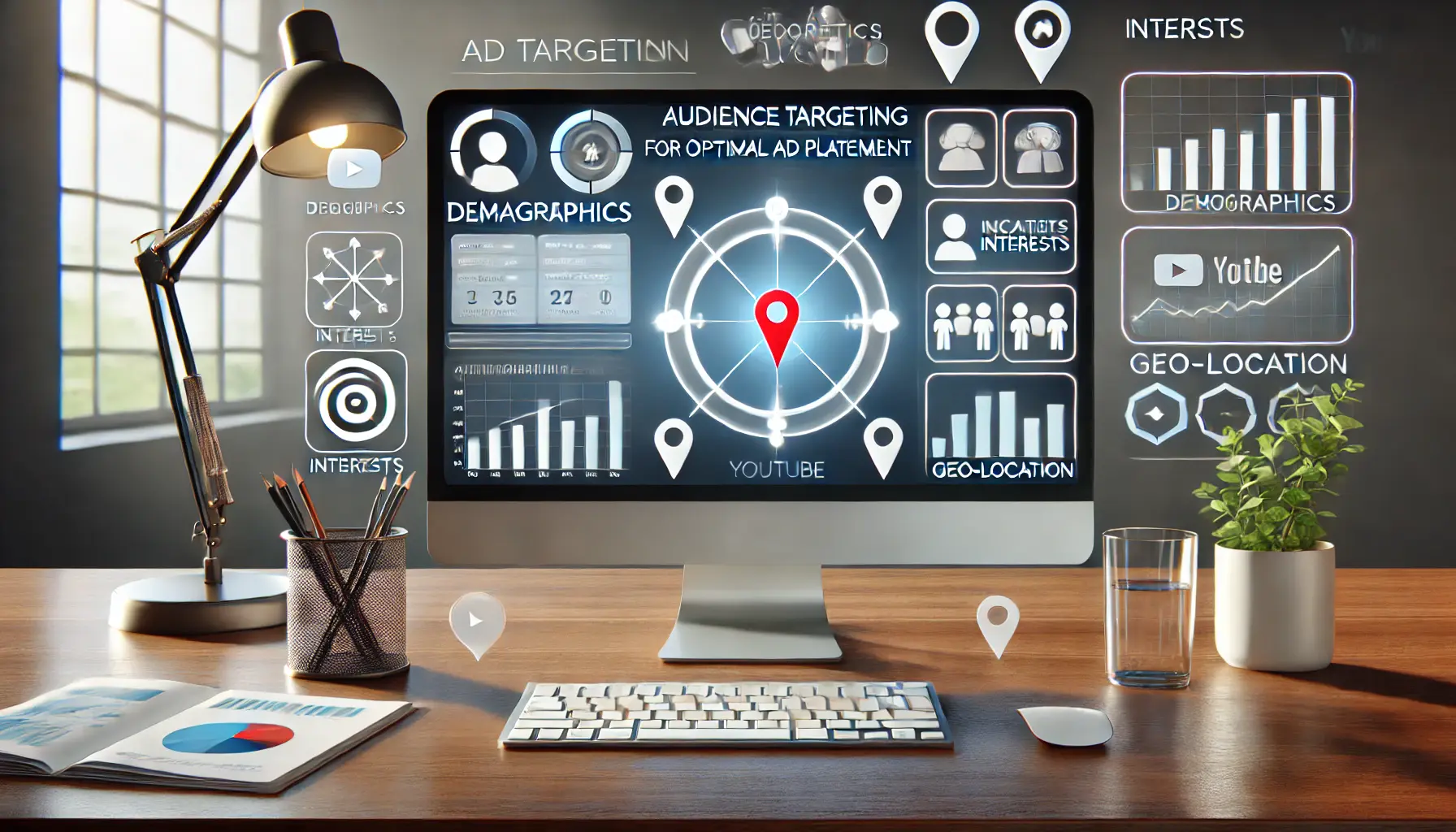
An illustration of audience targeting tools for optimal ad placement on YouTube.
Targeting Your Audience for Optimal Ad Placement
Even the best ad will not work if it does not reach the proper audience.
Audience targeting is a cornerstone of any successful YouTube ad campaign.
With YouTube’s advanced targeting features, you can make sure that your ads reach the viewers who are most likely to engage with your content and take action.
Let’s explore key strategies for audience targeting that will help you optimize your ad placements.

An illustration of how demographic targeting can refine ad placement strategies.
Using Demographics to Refine Ad Placement
Demographic targeting allows you to focus on specific age groups, genders, parental status, and household income levels.
This ensures that your ads are shown to a relevant audience.
- Identify your ideal customer profile to tailor your ad content.
- Use data insights from previous campaigns to refine targeting.
- Combine demographics with other targeting options for a more granular approach.

An illustration of interest-based targeting strategies to improve engagement.
Interest-Based Targeting for Better Engagement
YouTube enables advertisers to target users based on their interests, hobbies, and online behavior.
This method ensures your ads resonate with viewers’ preferences, increasing the likelihood of engagement.
- Select from predefined interest categories such as fitness, technology, or travel.
- Use custom intent audiences to target viewers searching for specific keywords.
- Combine interest targeting with relevant ad formats to maximize effectiveness.
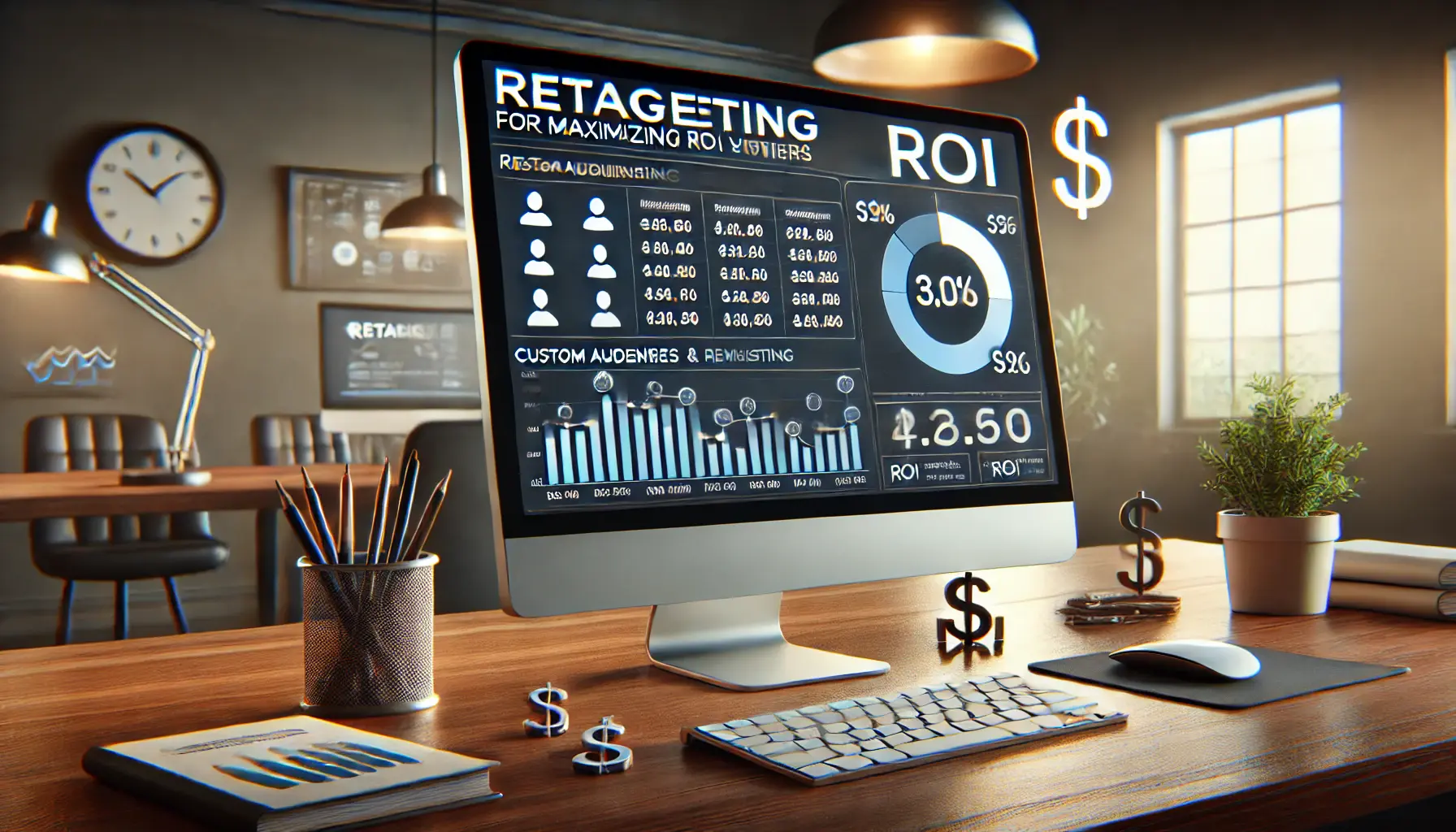
A visual representation of retargeting strategies aimed at maximizing ROI with existing viewers.
Retargeting: Maximizing ROI with Existing Viewers
Retargeting allows you to reach users who have previously interacted with your brand.
By showing ads to these viewers, you can remind them of your offerings and encourage further engagement.
- Target viewers who have watched your videos but haven’t converted.
- Create tailored ads for users who visited your website or app.
- Leverage YouTube’s audience lists for precise retargeting campaigns.

An illustration of geo-targeting, highlighting location-based audience reach for effective ad placements.
Geo-Targeting: Reaching the Right Audience by Location
Geo-targeting ensures your ads are displayed to users in specific locations, making it ideal for businesses that operate in particular regions or have location-specific promotions.
- Focus on regions where your products or services are most in demand.
- Use radius targeting to reach viewers near your physical store.
- Combine location data with demographic targeting for a localized campaign strategy.
By effectively targeting your audience, you can ensure that your ad placements yield the best results, improving visibility and conversion rates.
Next, we’ll go over the best practices for designing high-performing YouTube ads that capture attention and drive action.
Effective audience targeting combines demographics, interests, retargeting, and geo-targetingA marketing strategy that delivers content or advertisements to users based on their geographic location. for precise and impactful campaigns.
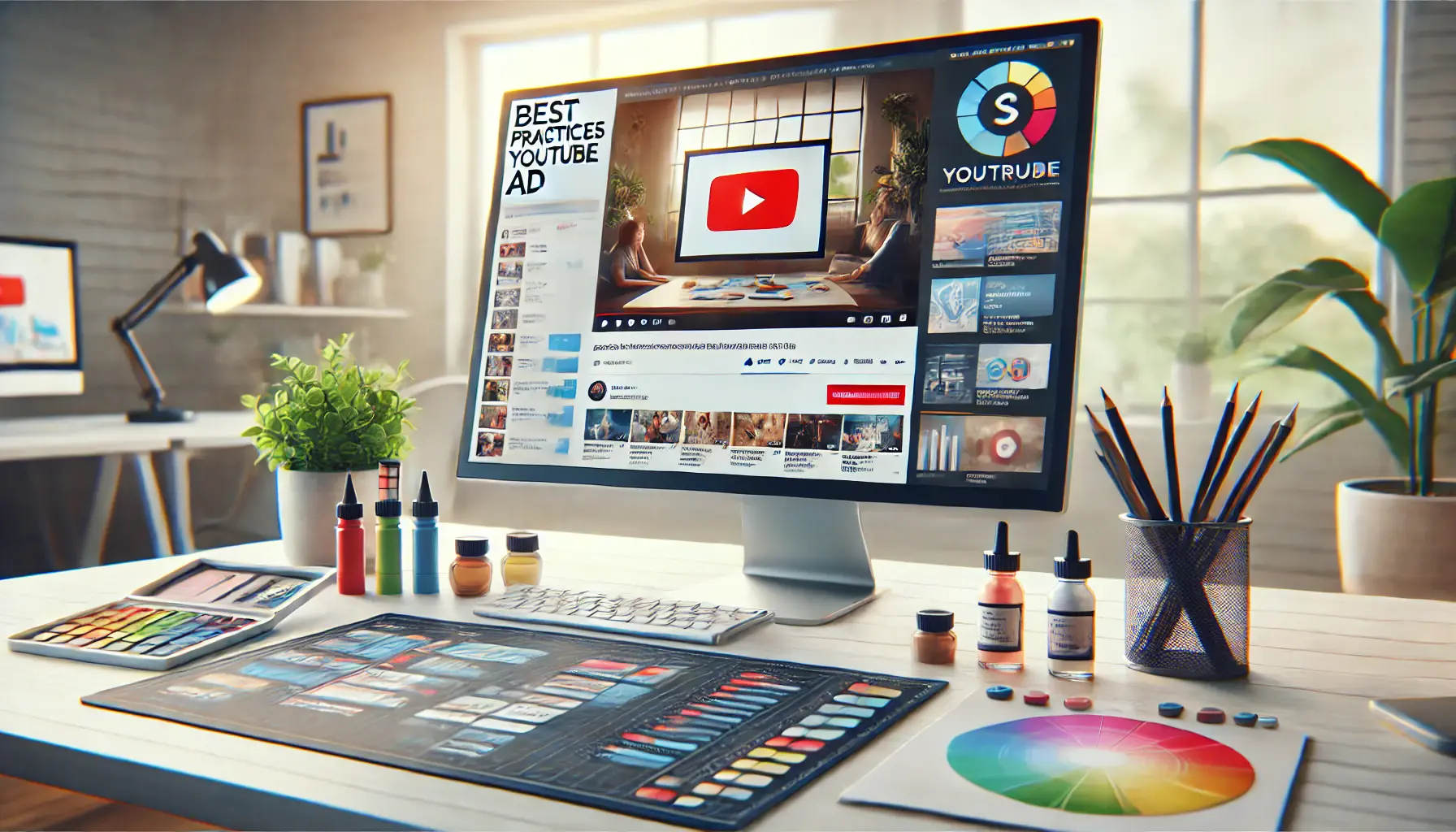
undefined
Best Practices for Designing High-Performing YouTube Ads
Creating visually appealing and engaging YouTube ads is crucial to capturing your audience’s attention and driving meaningful actions.
Whether your goal is to boost brand awareness or increase conversions, well-designed ads can significantly enhance the effectiveness of your ad placements.
Below, we’ll explore the best practices for designing YouTube ads that resonate with viewers and achieve results.

An illustration of the process of crafting engaging video content for ads, showcasing video editing and creative elements.
Crafting Engaging Video Content for Ads
Your ad content should attract the attention of viewers right from the first second and hold it throughout.
You have only a few seconds to make an impact, so make sure your message is clear and compelling.
- Hook: The first 5 seconds should hook the attention of the viewer.
- Video Length: Keep videos short, concise, and relevant to the campaign goals.
- Storytelling: Include storytelling in your ads to elicit emotions and help your audience connect with you.
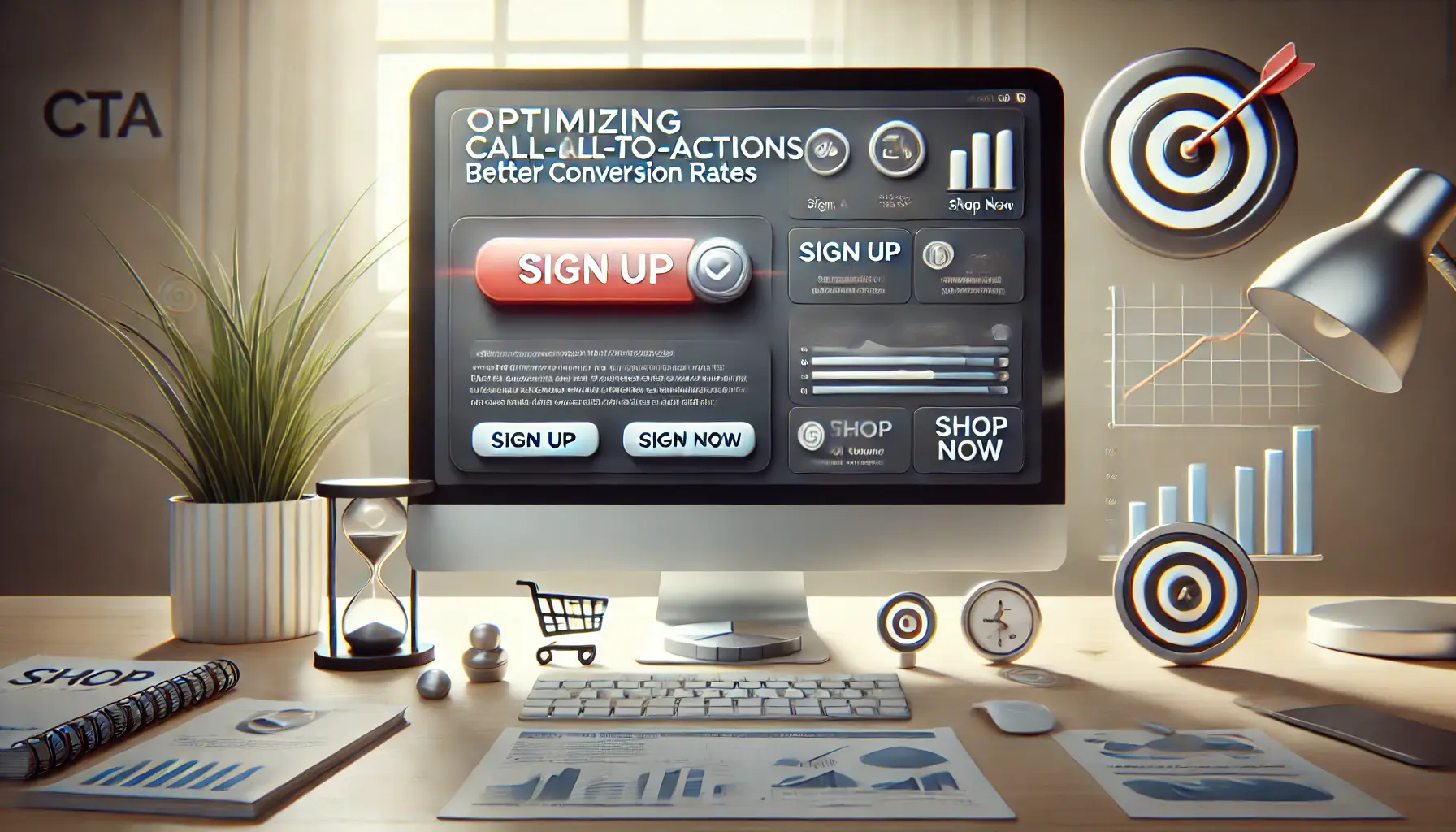
An illustration of optimizing call-to-actions (CTAs) to improve conversion rates.
Optimizing CTAs for Better Conversion Rates
Call-to-actions (CTAs) are essential for guiding viewers toward the desired outcome, whether it’s visiting your website, subscribing to your channel, or making a purchase.
A strong CTA can dramatically improve conversion rates.
- Use action-oriented language like “Learn More,” “Sign Up,” or “Shop Now.”
- Ensure the CTA is prominently displayed and easy to understand.
- Pair your CTA with clickable links or YouTube end screens for seamless navigation.
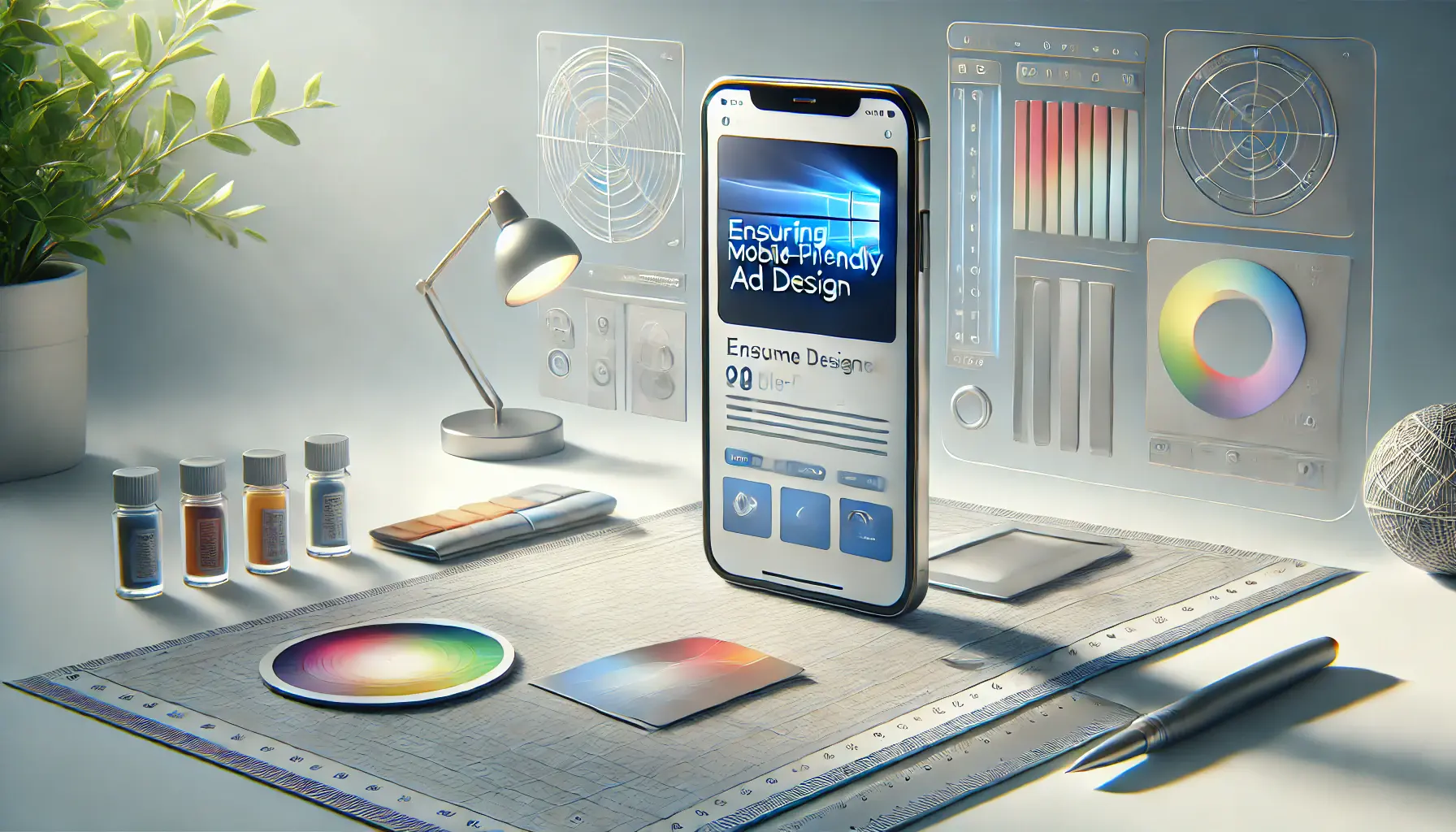
An illustration of ensuring mobile-friendly ad design with a focus on optimization for smaller screens.
Ensuring Mobile-Friendly Ad Design
With a significant portion of YouTube’s audience accessing the platform via mobile devices, it’s crucial to design ads optimized for smaller screens.
- Use bold visuals and text that are easily readable on mobile devices.
- Ensure that your ads load quickly to prevent drop-offs.
- Test your ads on multiple devices to ensure compatibility and responsiveness.

An illustration of using analytics to improve ad performance through metrics and data analysis.
Using Analytics to Continuously Improve Ad Performance
Analytics are invaluable for understanding how your ads perform and identifying areas for improvement.
Regularly monitoring performance metrics can help refine your design and targeting strategies.
- Track key metrics like view rates, click-through rates (CTR), and conversions.
- Use A/B testing to determine which ad variations perform best.
- Iterate and adjust based on viewer feedback and performance data.
By following these best practices, you can create YouTube ads that capture attention and drive measurable results.
Next, we’ll cover budgeting and bidding strategies to help you maximize your advertising ROI.
Engaging ad design, clear CTAs, and mobile-friendly content are crucial for capturing attention and driving results.
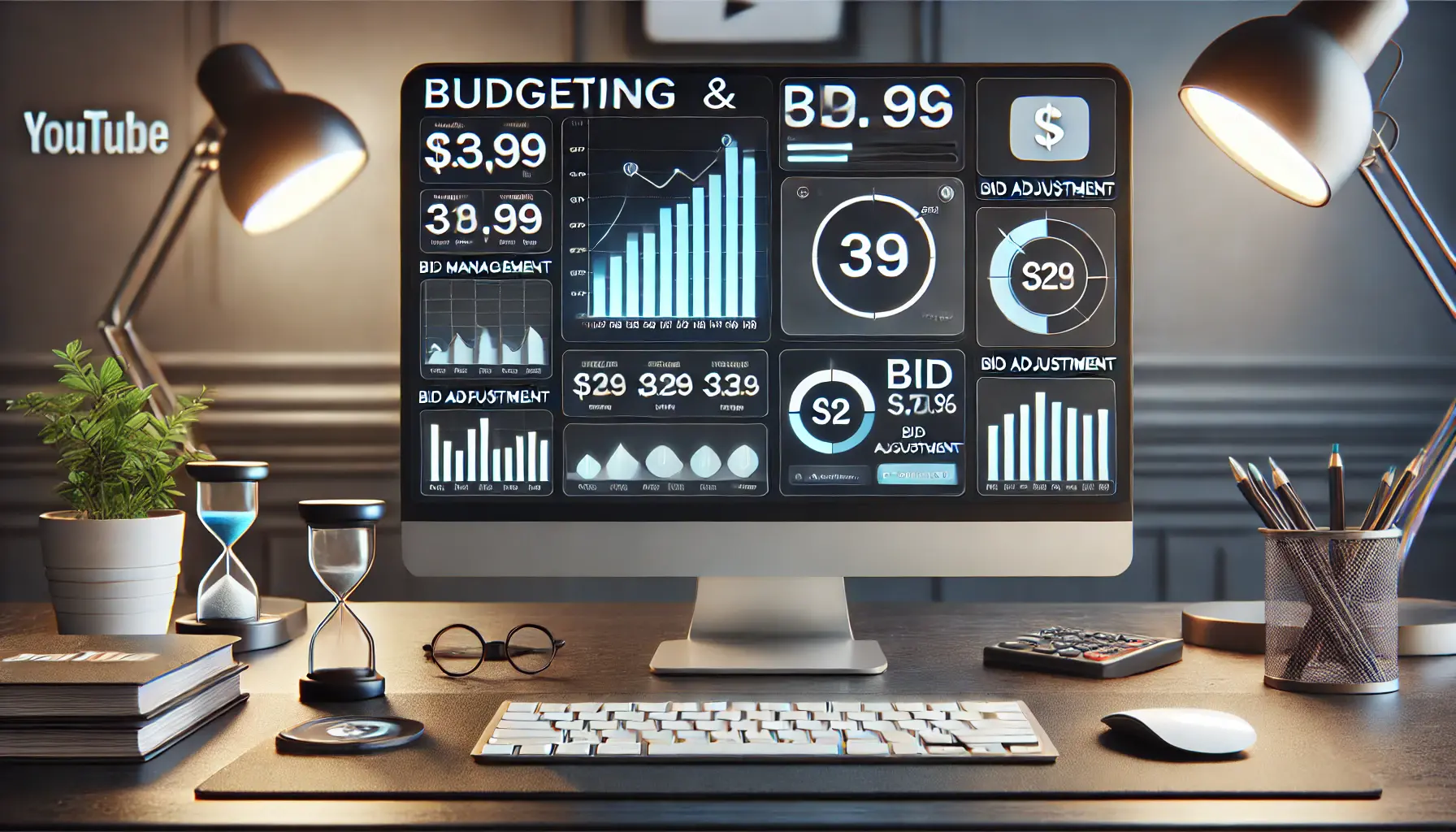
An illustration of budgeting and bidding strategies for optimizing YouTube ad placement.
Budgeting and Bidding Strategies for YouTube Ad Placement
Effective budgeting and bidding are essential for maximizing your YouTube ad performance while staying within your financial constraints.
YouTube’s auction-based system allows advertisers to compete for ad placements, making it crucial to adopt strategies that balance cost and visibility.
Here, we’ll explore the best practices for budgeting and bidding to ensure your campaigns deliver optimal results.

An illustration of setting realistic ad budgets for maximizing ROI, featuring budget planning tools and graphs.
Setting Realistic Ad Budgets for Maximum ROI
Your ad budget determines everything about the scope of your campaign, from reach to frequency.
Setting a realistic budget ensures that you do not overspend while achieving your marketing goals.
- Define clear campaign objectives to allocate your budget effectively.
- Start with a small budget to test ad performance before scaling up.
- Monitor spending regularly to make sure your budget aligns with campaign results.
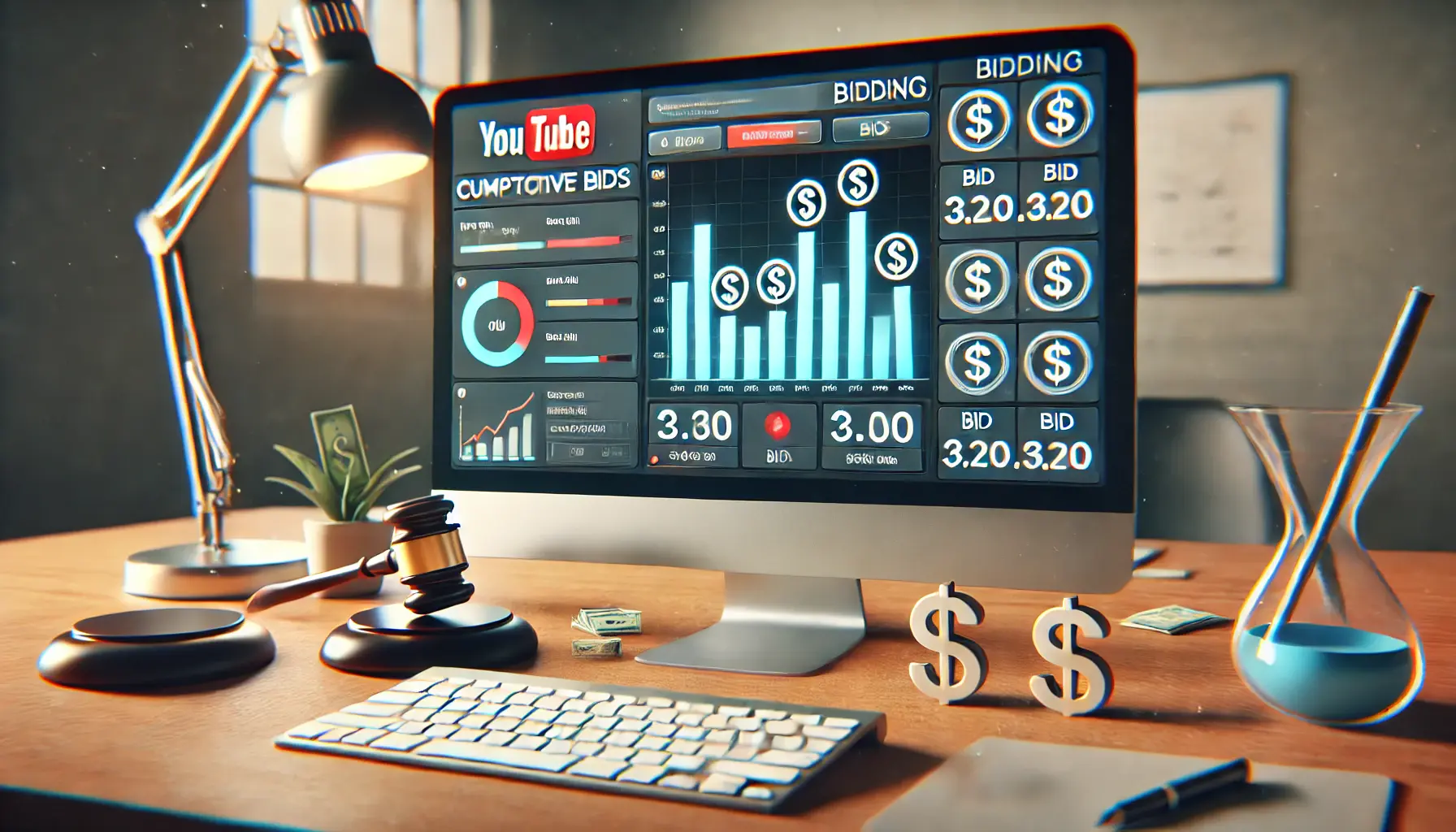
An illustration of YouTube’s bidding system, featuring auction elements and competitive bid indicators.
Understanding YouTube’s Bidding System
YouTube runs an auction system where advertisers bid for specific ad spaces.
Knowing how this works will enable you to set your bids optimally for better results.
- Select the right bidding strategy that fits your goals, such as Maximize Conversions or Target CPA.
- Be cognizant of factors like competition and ad quality, which affect bidding outcomes.
- Adjust your bids according to performance data to remain competitive in the auction.

An illustration of balancing cost and visibility with effective bidding strategies.
Balancing Cost and Visibility with Bidding Strategies
Striking the right balance between cost and visibility ensures your ads reach the desired audience without exceeding your budget.
- Use bid adjustments to prioritize high-performing demographics or devices.
- Focus on placements with higher conversion rates to optimize ROI.
- Experiment with different bidding strategies to find the most cost-effective approach.
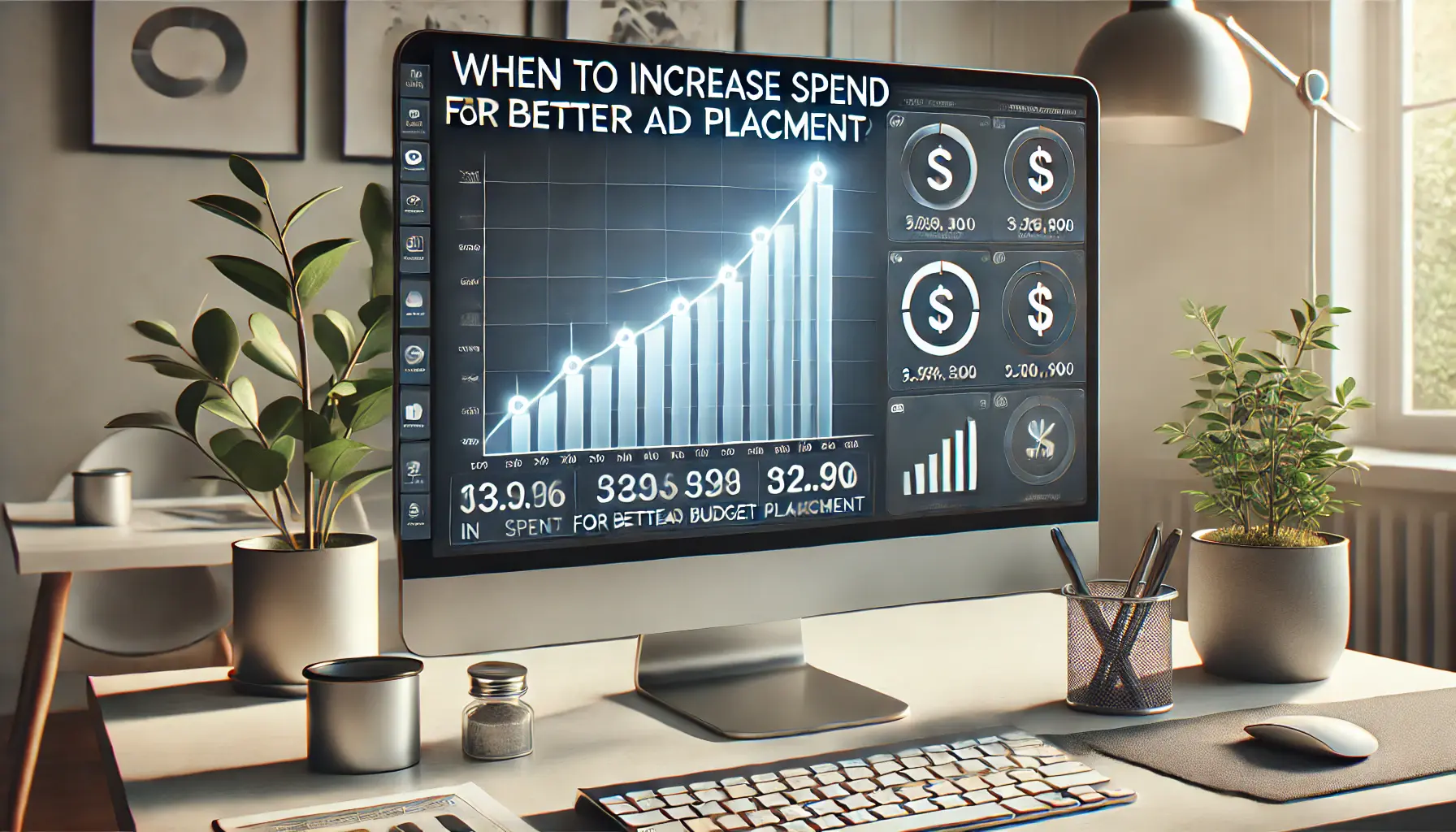
An illustration of increasing ad spend for better placement and improved performance.
When to Increase Spend for Better Placement
Sometimes, a small increase in your ad spend may result in much better returns, especially during high-demand periods or for key campaigns.
- Increase spend during peak times for your target audience, such as holidays or product launches.
- Allocate more budget to top-performing campaigns to capture additional reach.
- Monitor competition trends and bid higher where necessary to maintain visibility.
By being in control of your budget and using intelligent bidding, you can maximize your YouTube ad placement efficiency and achieve your marketing goals.
These best practices help your campaigns stay competitive without overspending, forming a solid foundation for continued advertising success.
Balancing cost and visibility in your bidding strategy ensures a competitive edge without overspending.

An illustration of key takeaways for effective YouTube ad placement, highlighting strategic ad elements.
Key Takeaways for Effective YouTube Ad Placement
YouTube advertising offers an unparalleled opportunity to connect with your target audience, but success depends heavily on strategic ad placement.
Throughout this article, we have explored various strategies and best practices to optimize your YouTube ad campaigns.
By implementing these insights, you can significantly enhance visibility, engagement, and return on investment.
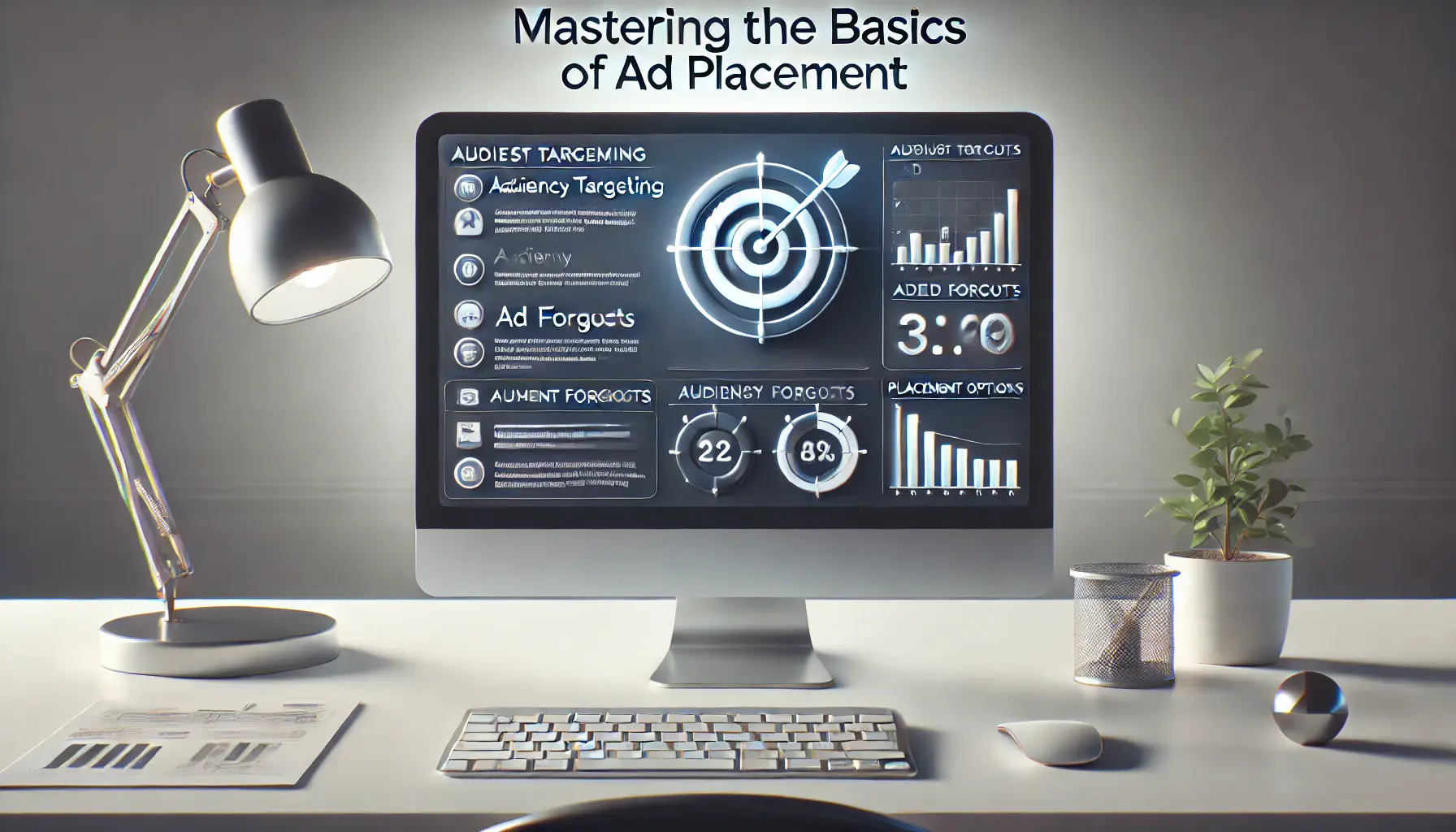
An illustration of mastering the basics of ad placement, emphasizing audience targeting and performance metrics.
Mastering the Basics of Ad Placement
Understanding the power of ad placement is the first step toward impactful campaigns.
Proper ad placement ensures that your ads reach the right audience, improving engagement and credibility.
Key points include:
- Strategically positioning ads to maximize exposure and conversions.
- Avoiding common mistakes like irrelevant placements or poor targeting.
- Tracking metrics like click-through rates and viewability for continuous improvement.
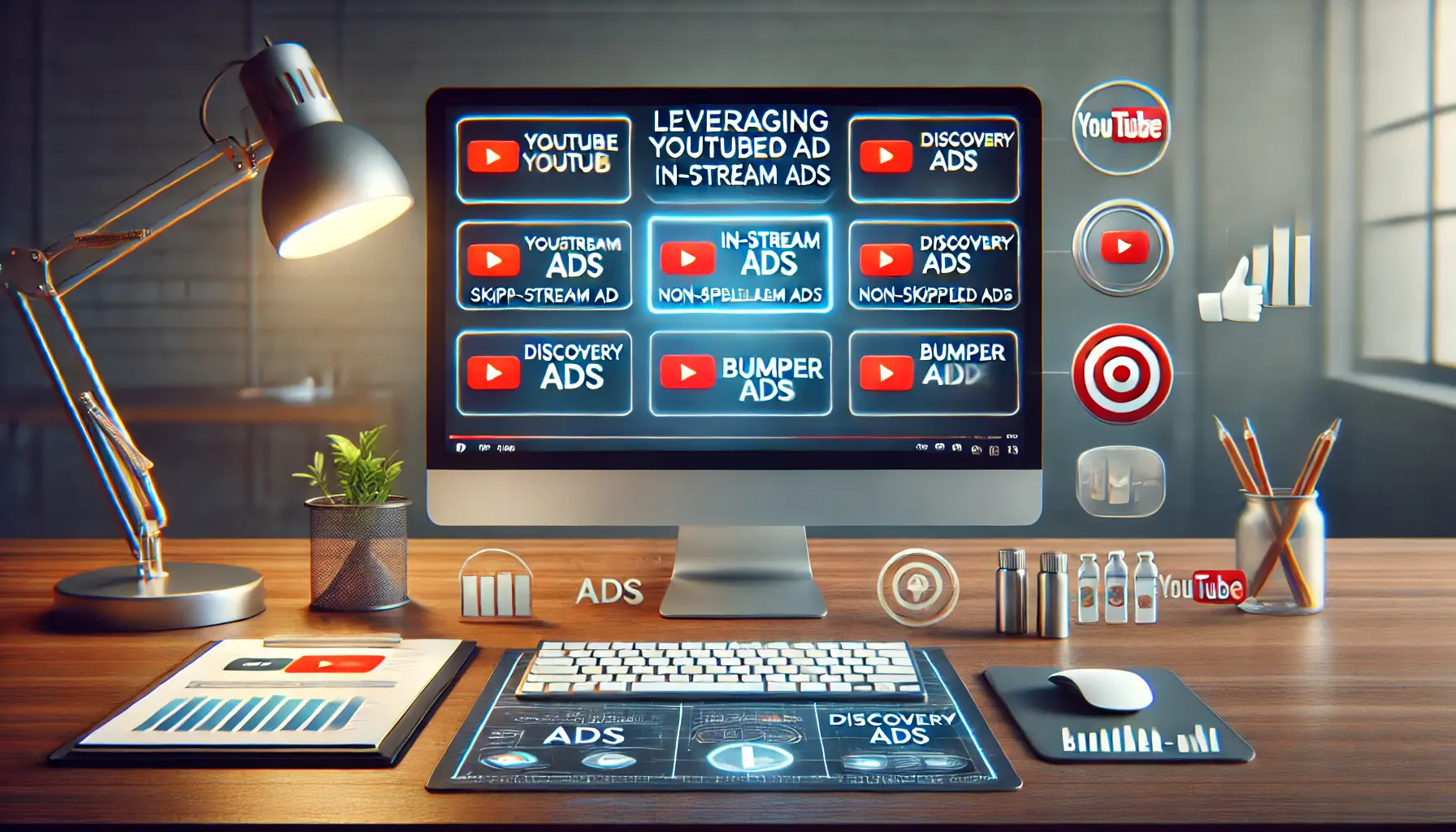
An illustration of leveraging various YouTube ad formats to maximize engagement and audience reach.
Leveraging YouTube’s Ad Formats
YouTube provides diverse ad formats, each tailored to different campaign goals.
Whether you choose skippable in-stream ads, discovery ads, or bumper ads, aligning the format with your objectives is crucial.
Highlights include:
- Skippable and non-skippable in-stream ads for maximum flexibility.
- Discovery ads for increasing organic reach and channel engagement.
- Bumper ads for delivering concise, impactful messages.
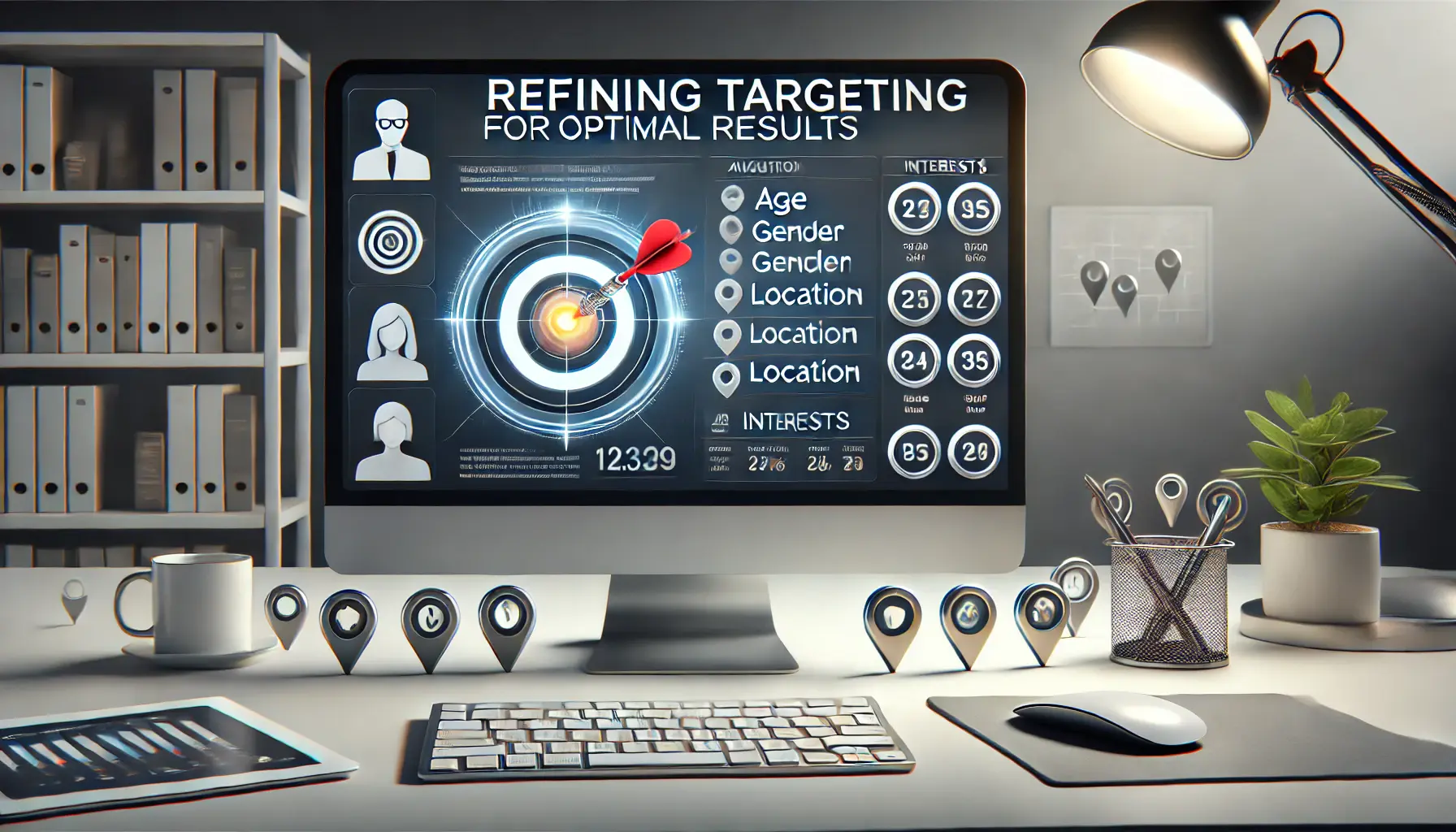
An illustration of refining targeting strategies for optimal ad placement results.
Refining Targeting for Optimal Results
Effective targeting ensures your ads resonate with viewers.
Using demographics, interest-based targeting, retargeting, and geo-targeting can elevate campaign performance.
Essential strategies include:
- Focusing on specific audience characteristics to refine reach.
- Retargeting users who have previously engaged with your brand.
- Combining targeting techniques for precision and relevance.
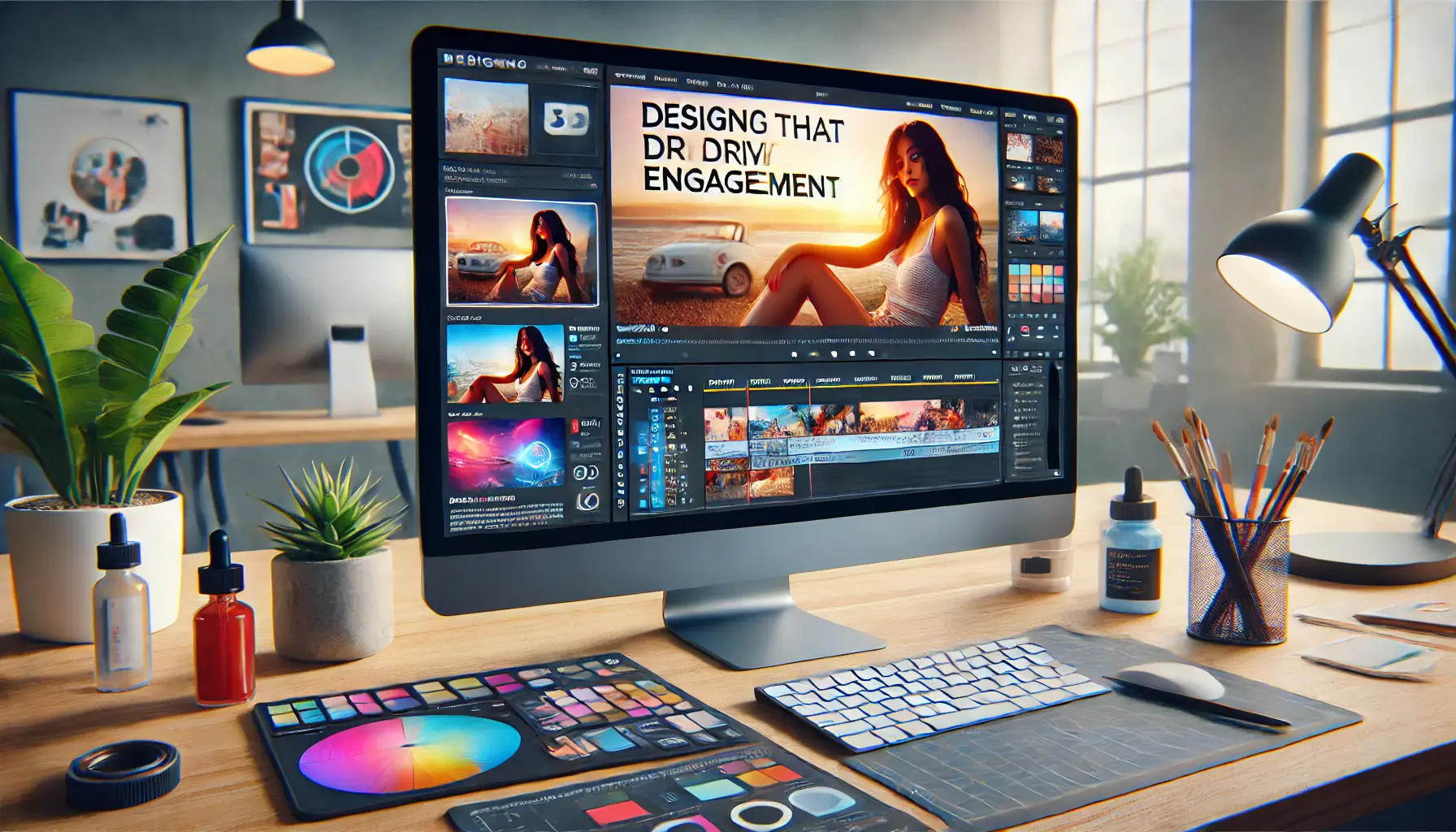
An illustration of designing engaging ads with compelling visuals and clear call-to-action elements.
Designing Ads That Drive Engagement
Compelling ad design plays a pivotal role in capturing attention and encouraging action.
To design high-performing ads:
- Create engaging content with strong hooks and concise storytelling.
- Incorporate clear and prominent CTAs to guide viewers effectively.
- Optimize for mobile devices to cater to YouTube’s vast mobile audience.

An illustration of maximizing ROI through effective budgeting and bidding strategies.
Maximizing ROI Through Budgeting and Bidding
A well-managed budget and smart bidding strategies are key to cost-effective campaigns.
Balancing costs and visibility ensures sustained success.
Recommendations include:
- Starting with small budgets and scaling up based on performance.
- Leverage YouTube’s bidding options, such as Target CPA, to achieve goal-driven objectives.
- Monitor and adjust your bids to stay competitive in auctions.
Optimizing YouTube ad placement is a strategy in itself, demanding thoughtful design, effective targeting, and smart budgeting all combined.
With the tips from this article, you can create campaigns that enhance visibility and drive measurable success.
The time has come to fine-tune your strategies and unlock the full potential of YouTube advertising.
Master the basics of ad placement, targeting, design, and budgeting to unlock the full potential of your campaigns.
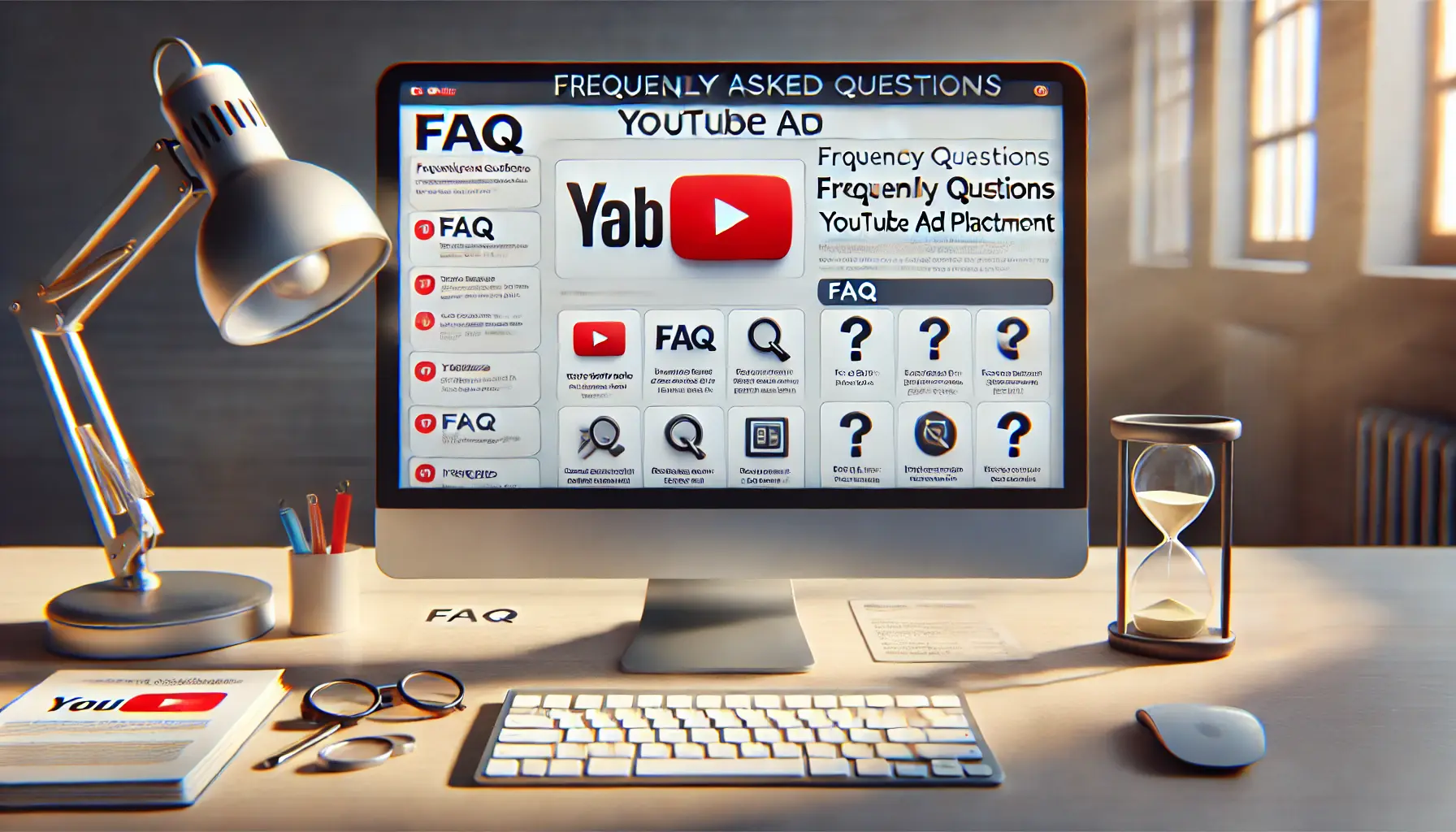
An illustration of frequently asked questions about YouTube ad placement, with symbols of inquiry and information.
Your campaigns can be managed by an agency specialized in Google Ads, check out our service page.
Frequently Asked Questions About YouTube Ad Placement
YouTube ad placement is a topic that many advertisers find crucial yet challenging.
Here are some frequently asked questions to help clarify the strategies and insights discussed in this article.
Ad placement ensures your ads reach the right audience, improving engagement, visibility, and ROI.
Strategic placement aligns your ads with relevant content, increasing the chances of conversions and overall campaign success.
Choose an ad format based on your campaign goals.
Use skippable ads for flexibility, bumper ads for quick messages, and discovery ads to boost organic reach and engagement with your audience.
YouTube offers targeting options such as demographics, interests, retargeting, and geo-targeting.
Combining these techniques helps refine your audience and ensures your ads resonate with the right viewers effectively.
Optimize your ads by using bold visuals, concise messaging, and mobile-friendly designs.
Ensure your ads load quickly and test them across various devices, as many YouTube users access content via mobile.
Track metrics such as viewability, click-through rates (CTR), conversions, and engagement rates.
Analyzing these metrics helps refine your strategy and improve the effectiveness of your YouTube ad campaigns.
Set a realistic budget aligned with your goals.
Start small to test performance, scale up based on results, and use bidding strategies like Target CPA to control costs and maximize your advertising ROI.
Common mistakes include irrelevant ad placements, ignoring audience behavior, and neglecting analytics.
Avoid these errors by refining targeting, monitoring performance, and aligning ads with high-traffic, relevant content.
Increase your budget during peak audience activity, such as holidays or product launches.
Allocate more resources to high-performing campaigns or competitive periods to improve ad placement and maximize returns.
Yes, retargeting allows you to reach users who previously interacted with your brand.
It reminds them of your offerings, encourages conversions, and maximizes ROI by targeting viewers with demonstrated interest.


